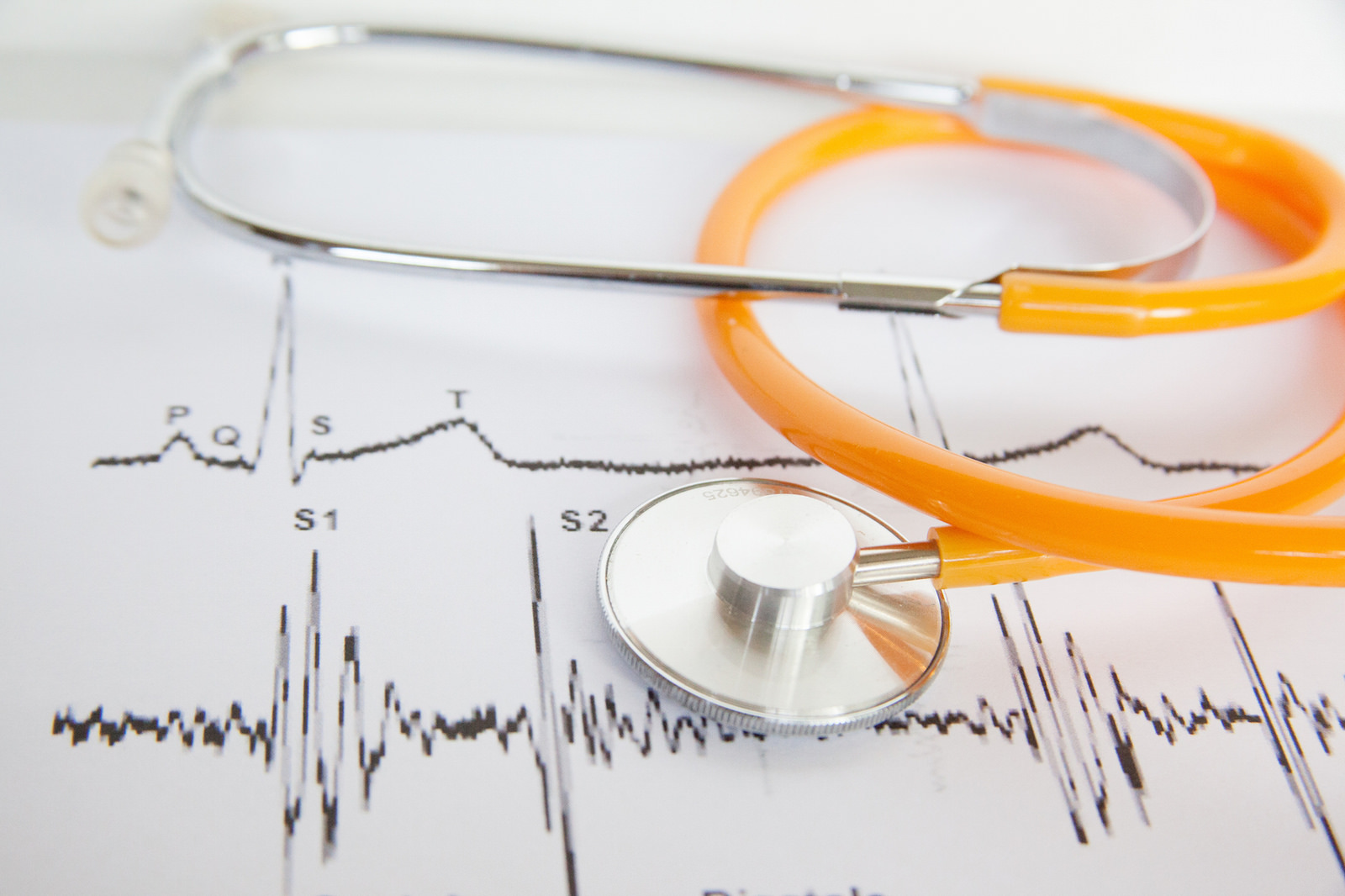In November 1999, the Institute of Medicine released a study entitled “To Err is Human: Building a Safer Health System.” Within the first line of that study, a sobering statistic was revealed: between 44,000 and 98,000 hospital deaths each year are attributable to preventable medical errors.[1] We have been taught about the communication shortcomings that can easily occur between members of a medical team who may be stressed, sleep-deprived, rushed. Even though we have been warned about the potential dangers that can result from the use of abbreviations and imprecise communication, it took a recent misunderstanding for me to leave my Boards-bubble and comprehend, on a personal level, just how misleading certain abbreviations can be.
A few weeks ago, I sat down at my desk and began going over the first lecture of the day. This was 6:30 am: pre-coffee, pre-sunlight, pre-hair combing. At the time, we were studying the gastrointestinal system. As I reviewed the first few slides of this lecture, I became very confused. I kept seeing the abbreviation ‘LES,’ and I really couldn’t figure out what it was referring to – you have my full permission to laugh at me right now; like I said, it was pre-coffee. As a born and raised East Coaster, LES means one thing and one thing only to me: the Lower East Side of Manhattan. If you are unfamiliar with New York City, please allow me to take a brief detour here to tell you a bit about the wonders of the Lower East Side (LES). The LES has a rich history, greatly influenced by the fact that many Eastern European immigrants settled into tenement housing in the area after coming through Ellis Island. When I think of the LES, I think about deli sandwiches that are too large to fit through a human mandible, knishes, amazing donuts, and macaroni and cheese pancakes. I do not reflexively think about acid reflux, vomit, and esophageal cancer, although the association may make sense considering the indulgent foods just mentioned. As you might imagine, when I finally figured out that LES was intended to stand for ‘lower esophageal sphincter,’ it was a bit of a letdown. And since I couldn’t get the aforementioned amazing donuts out of my head, my whole morning was pretty much lost when I spent 45 minutes on the phone trying to coordinate a cross-country delivery of them to the West Coast.
Despite the ambiguity, and in my case, potential hilarity, of using abbreviations, one thing is clear: there is an abundance of statistics and data to back up the assertion that medical errors cost lives. Just run a Google search for ‘medical error abbreviation deaths’ or some variation thereof and you will see thousands of hits about the health hazard of medical miscommunication. It’s easy enough to find data showing how detrimental some timesaving charting techniques can be. As newly-minted members of the medical profession, we have the responsibility to act as the new guard and to usher in safer communication and documentation practices. We can begin to advocate for better safety practices by trying to limit our use of abbreviations in our charting, and we can ask our professors to do to the same in their lectures and test questions. Though becoming a physician is a long and rigorous journey, we should never take shortcuts along the way that have the potential to put our patients at risk of harm.
Featured image:
Doctors Chart – Hospital Chart by wp paarz
References:
[1] Institute of Medicine. To Err is Human: Building a Safer Health System. November 1999. https://iom.nationalacademies.org/~/media/Files/Report%20Files/1999/To-Err-is-Human/To%20Err%20is%20Human%201999%20%20report%20brief.pdf


